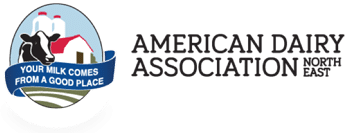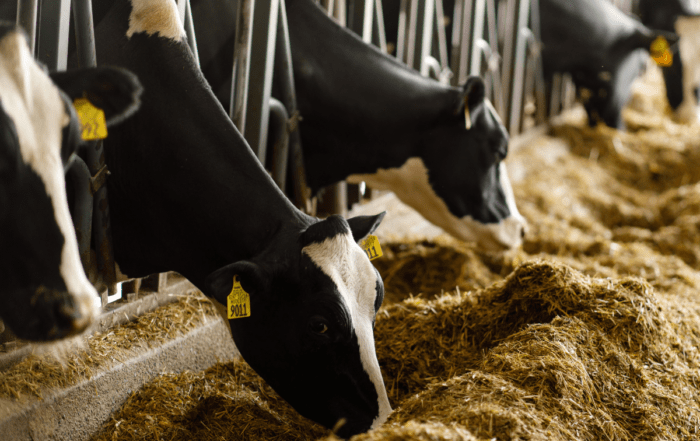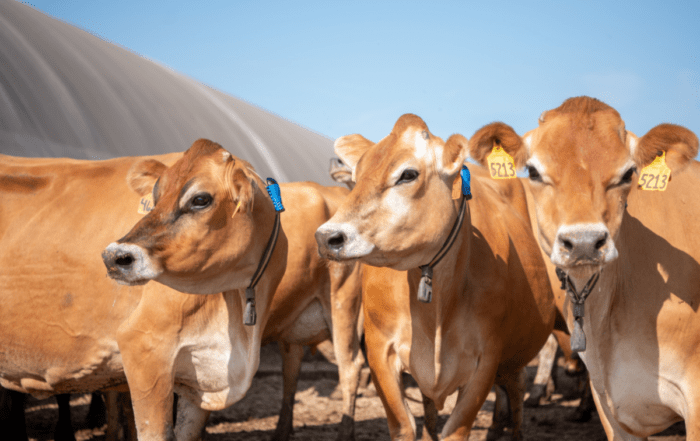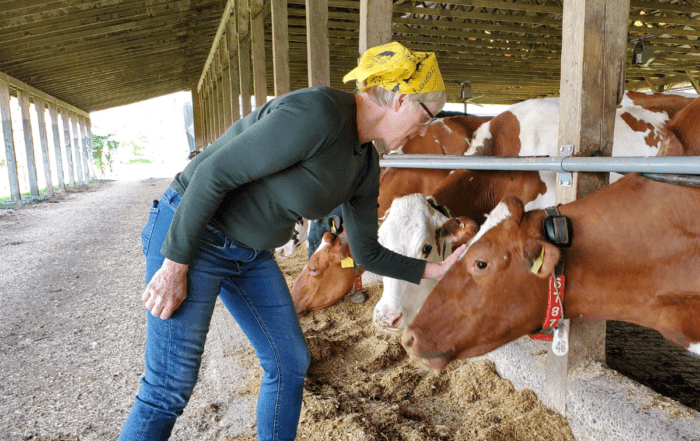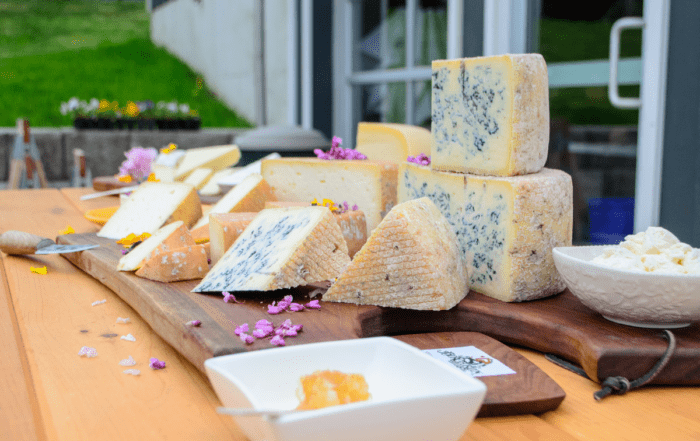Today, dairy farmers are active members of their local community and create an estimated 900,000 jobs in the United States alone! They are your friends and neighbors. But most important of all, they are dedicated to producing nutritious and tasty milk and dairy foods for all to enjoy. The history of dairy farming is fascinating – read on to learn more.
The History of Dairy Farming
Humans have been drinking milk from cows for thousands of years. Over time, dairy farming evolved, leading to innovations that improved milk production and safety.
Modern dairy farming began in the early 1900’s after pasteurization was developed and utilized widely. Pasteurization allows for a safer product and extends milk’s shelf life by eradicating spoilage-causing bacteria through the application of heat. This process allows milk to last longer and be shipped further.
Dairy farms have become more efficient over time, and this has helped farmers reduce their environmental impact.
When Were Dairy Cows Introduced to America?
Spanish explorers were among the first to bring cattle in the 1500s, and by the 1600s, dairy cows became an essential part of colonial farms. This marked the foundation for what would later become the thriving U.S. dairy industry.
Dairy Farmers
Most dairy farms are owned and maintained by families and have been for generations.
The history of dairy cows is deeply connected to these farms, as breeding and animal care practices have led to higher milk production and healthier herds.
Dairy farmers are experts at milk production and safety, farming best practices, and how to keep their herds healthy and content. Farmers invest countless hours into making the best product possible.
94% of U.S. dairy farms are still family owned and operated.
The question “when did dairy farming start?” depends on the region, but historical records indicate that organized dairy production has existed for thousands of years. Over time, dairy farms have grown significantly from their humble beginnings to meet the growing demand for dairy products. However, in many cases, these farms are still owned by relatives and descendants of the original owners. Whether the farm is large or small, farmers are committed to producing the highest quality product while taking care of the land they farm.
